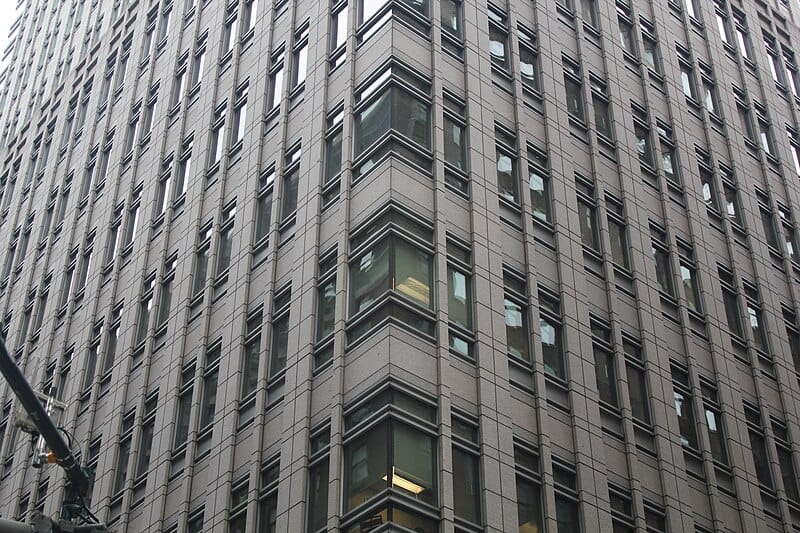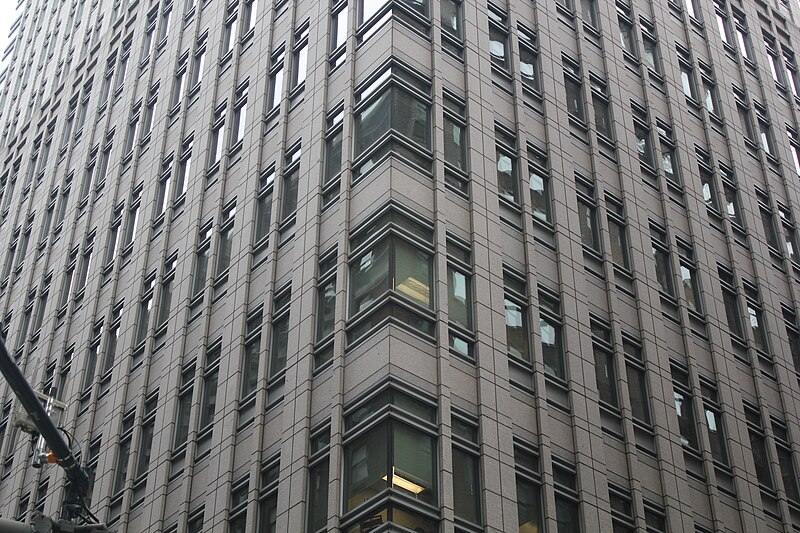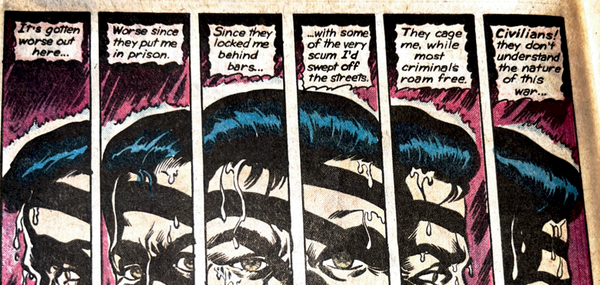The Markets Are Stupid
Most People Are Less Informed Than You Are

Let me tell you a story.
In 2007, I was working as a Presentation Center Liaison at an investment bank in New York City. “Liaison” title notwithstanding, my job was primarily to create and process Microsoft Word, Excel, and Power Point presentations for the investment bankers.
Some of the bankers seemed to think presentation people were idiots, which we thought was funny and occasionally ironic. (I remember one of my colleagues calling a banker to ask if he had intended to make a pie chart that added up to more than 100 percent. “Is that a banking thing?” she asked. “I don’t think our software can do that.”)
The workload was sporadic. When it was busy, I cranked out jobs back-to-back for the entire shift. When it was quieter, I surfed the web, digging deep into the dark corners of the internet to learn everything I could about the topics I was obsessed with at the time — peak oil, climate change, and the apparent fragility of the global economic system.
America was still in the thick of a disastrous war that had been started on false pretenses — pretenses that anyone who was paying attention should have seen through. Nonetheless, the economy was doing well, buoyed by a massive housing boom that seemed to be making everyone willing to stretch rich.
There were dark clouds though. Oil prices had been rising steadily. By 2005 many economists were already warning that there was a housing bubble. What was worse was the way complex financial instruments — mortgage-backed securities, collateralized debt obligations, synthetic collateralized debt obligations, credit default swaps, etc. — obscured and spread risk throughout the entire financial system, creating the conditions for a systemic collapse. To be clear: as with the pretenses that were used to justify the Iraq war, many smart people were warning about this.
The investment bank I worked at was at the epicenter of this system. In July of 2007, two of the bank’s large hedge funds collapsed. The funds, which owned mortgage-backed securities, had been losing money since late 2006 when housing prices started to decline.
It seemed like a big deal.
A colleague of mine and I asked a couple of bankers what they thought the implications for the company were. They were dismissive. The damage, they said, was probably “just reputational”. In other words, an embarrassment — assuming there was anyone with authority who was capable of shame — but nothing that couldn’t be weathered.
On March 15th, 2008, I stood in a bullpen and watched the company collapse on CNBC. That bank was Bear Stearns, and it was the first domino leading to the collapse of the global economy and the Great Recession.
They should have known. I suspect they did know.

The Wall Street Journal declined to endorse either candidate for president last year. Instead, they wrote op-eds laying out the pros and cons of each candidate. “The best argument for a Trump victory,” they wrote, “is that it would be suitable penance for the many Democratic failures at home and abroad.”
Following the 2024 election, the market rallied to record highs, with financial and energy stocks leading the charge, driven by the prospects of deregulation and increased oil production (“drill, baby, drill”).
In his inaugural address on January 20th, President Trump promised massive tariffs on imported goods, including 10 percent on all Chinese goods, and 25 percent on almost everything from Canada and Mexico. On Friday, February 1st, he followed through with an executive order. On Monday, the markets panicked; by the end of the day Trump had agreed to a 30 day pause, after supposedly getting concessions from the leaders of the two countries.
On February 10th, he announced across-the-board tariffs of 25 percent on steel and aluminum. On February 13th, he announced a plan for “reciprocal” tariffs on all countries the charge tariffs on U.S. goods.
On March 4th, 25 percent tariffs on Canada and Mexico went into effect, and the tariff on Chinese imports was doubled to 20 percent. All three countries promised to retaliate.
In response, Prime Minister Trudeau angrily announced tariffs of $100 billion on American goods over 21 days. Ontario Premier Doug Ford has been more aggressive, promising steep export tariffs on the energy his province sends to New York, Michigan, and Minnesota — and leaving open the possibility of cutting off electricity altogether. Not only will this cause bills to go up, the independent service operators (ISOs) for all three states are concerned that it may affect grid reliability.
On March 5th, after speaking with leaders of Ford, General Motors, and Stellantis, Trump granted another one-month pause. Canada responded that it would continue with its initial tariffs on $30 billion in imported U.S. goods. It is unclear if the Canadian government will follow through with the additional tariffs. However, as of Monday, March 10th, Ontario was following through with its 25 percent surcharge on all electricity exports to the United States. Ford has said that he won’t back down until the threat of U.S. tariffs is gone for good.
On Sunday, Trump told Maria Bartiromo of Fox News that he wasn’t ruling out the possibility that his policies might cause a recession. When asked about when businesses might have clarity about tariff policy, he said “They have plenty of clarity” and “we may go up with some tariffs. It depends. We may go up. I don’t think we’ll go down, or we may go up.”
Yesterday, the S&P 500 fell by 2.7 percent — the worst day of the year so far — capping off a three-week decline that erased almost all of the gains since November.
This morning, Trump said he was going to double tariffs on Canadian imported steel and aluminum. His goal, he said, is to annex Canada.
Nothing that’s happening right now should be surprising. While targeted tariffs may have a role in national economic policy, across the board sales taxes on goods from our most integrated trading partners was never going to go well. What is — or should be — surprising is that it took the markets this long to figure it out. After all, tariffs were an oft-repeated recurring theme of the campaign. Trump himself has favored the idea of tariffs as a magic elixir literally for decades.
We have been warned for years that Trump 2.0 would not have the guardrails of the first one. Anyone who had any doubts should have looked at the qualifications of his cabinet appointees. Is there anything that we’ve seen so far that would suggest a measured, expert approach?
For years, the anti-anti-Trump contingent has used the term “Trump Derangement Syndrome” to dismiss his critics as hysterical. But as Michelle Goldberg recently pointed out, “the real derangement lies in either the refusal or the inability to see Trump clearly.”
This derangement is the same one that afflicted the pattern-blind experts who brought you the collapse of 2008, dismissing systemic risks as “just reputational” until they were watching the global economy implode on live television.
Just like in 2008, by the time the “smart money” acknowledges what was evident all along, the infection will have already spread and the damage will be irreparable.



